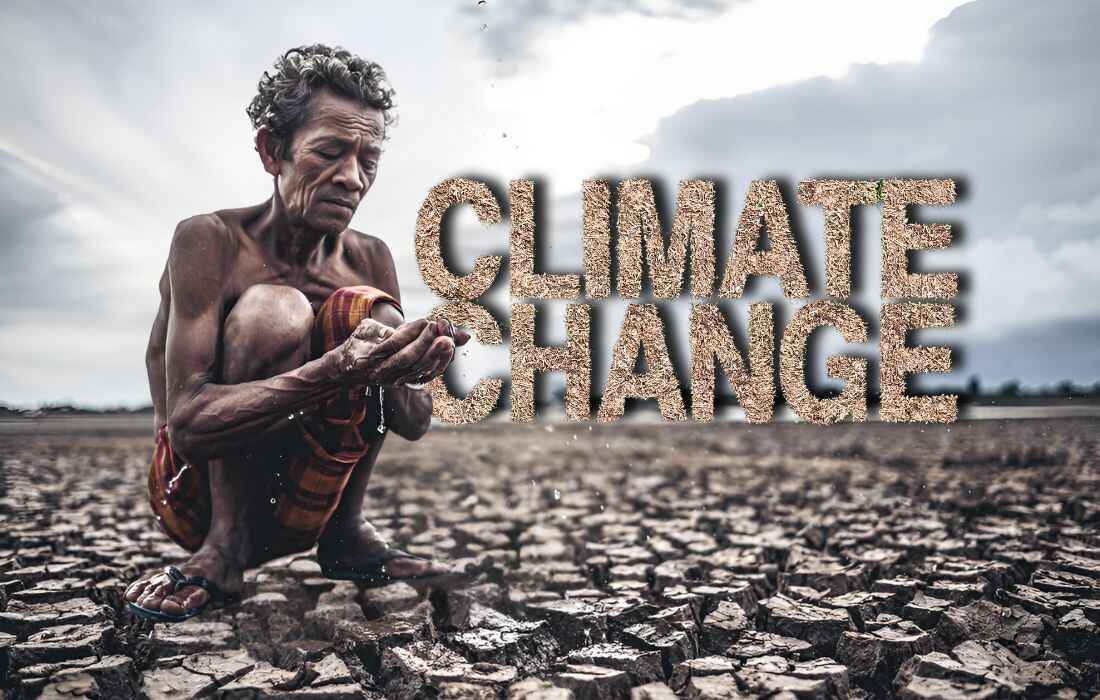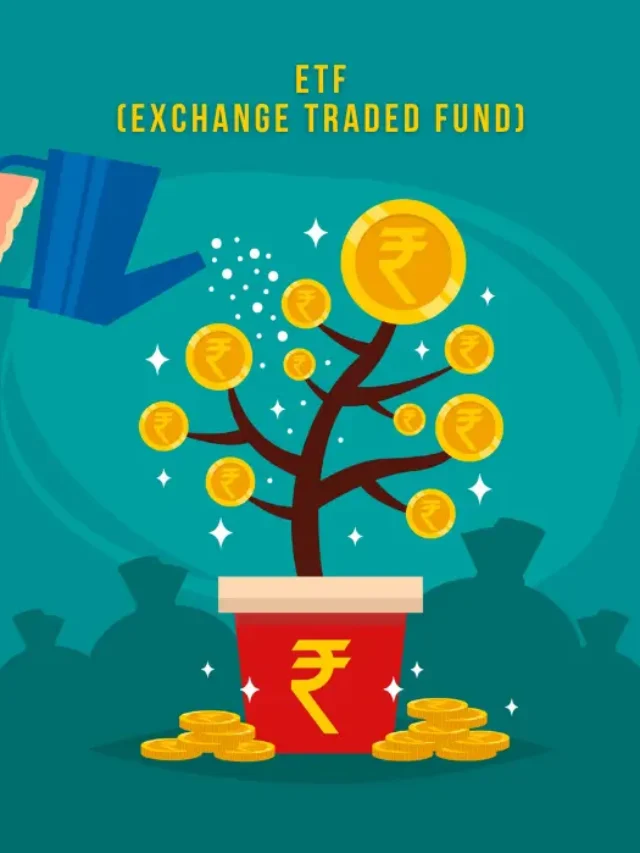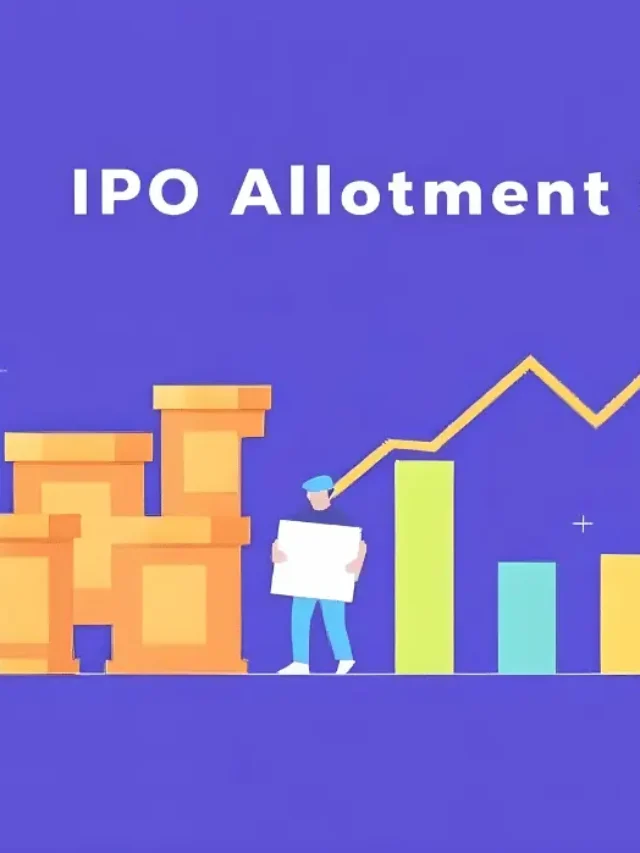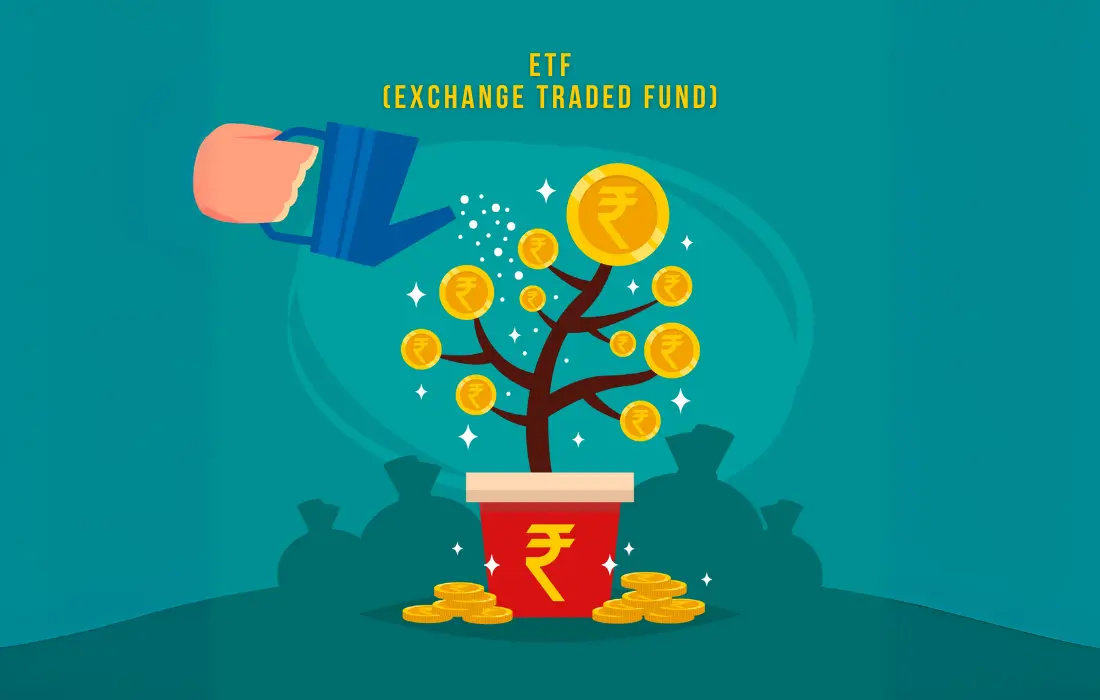Overview of the Climate Crisis
The climate crisis is an ever-growing threat to the global ecosystem, fueled primarily by human activities. The effects of rising temperatures, extreme weather patterns, and ecosystem disruptions are no longer far-off concerns. Immediate action is essential to mitigate the severe impacts of global warming. In this article, we will explore the key causes, consequences, and solutions for this global emergency, along with insights into the latest developments and the challenges ahead.
1. The Science Behind Climate Change
The Role of Greenhouse Gases
At the heart of climate change is the buildup of greenhouse gases such as carbon dioxide, methane, and nitrous oxide in the Earth’s atmosphere. These gases trap heat from the sun, creating a “greenhouse effect” that warms the planet. This process, once naturally balanced, has been dramatically accelerated by human activities, particularly the burning of fossil fuels.
Human Activities as Drivers
Industrialization, deforestation, and large-scale agriculture have massively increased the levels of greenhouse gases in the atmosphere. These activities release vast amounts of CO₂ and methane, significantly intensifying the warming effect.
Scientific Consensus
The overwhelming majority of climate scientists agree that human-induced global warming is real and accelerating. Reports from the IPCC consistently point to a clear link between human actions and rising global temperatures, urging for immediate and aggressive policy interventions.
2. Rising Temperatures and Extreme Weather
Increasing Global Temperatures
The last decade has seen record-breaking heatwaves around the world. Global temperatures continue to climb, with 2023 marked as one of the hottest years ever recorded. This rise is contributing to widespread droughts and devastating wildfires, especially in regions like Southern Europe and the Western United States.
Heatwaves and Droughts
Longer, more intense heatwaves are straining agricultural systems and water supplies. The persistent heat is reducing crop yields and leading to water shortages in densely populated regions, further exacerbating food security issues.
More Severe Storms and Flooding
Climate change is also increasing the frequency and severity of storms. In the past few years, we’ve witnessed stronger hurricanes, typhoons, and devastating floods, putting millions of lives and livelihoods at risk. This is especially prevalent in vulnerable coastal areas, where rising sea levels compound the danger.
3. Melting Ice and Rising Sea Levels
Polar Ice Cap Melting
The rapid melting of polar ice, particularly in Antarctica and Greenland, is one of the most visible consequences of global warming. Satellite images from 2023 reveal that ice loss has reached unprecedented levels.
Consequences for Coastal Communities
As polar ice melts, sea levels rise, posing an existential threat to low-lying coastal areas and island nations. Cities like Miami, Venice, and Jakarta are facing increasing risks of flooding, with billions of dollars needed for adaptation and mitigation efforts.
Global Sea Level Rise
The UN estimates that by 2050, millions of people will be displaced by rising sea levels. The humanitarian and environmental consequences of these shifts are profound, making it one of the most urgent challenges for governments worldwide.
4. Impact on Biodiversity and Ecosystems
Ecosystem Changes and Species Migration
As temperatures rise, ecosystems are undergoing dramatic changes. Many species are migrating to cooler regions, while others face extinction due to the inability to adapt quickly enough to the shifting climate.
Coral Reef Bleaching
Coral reefs, which provide essential marine habitats, are particularly vulnerable to rising ocean temperatures. Coral bleaching, a phenomenon where corals lose their vibrant colors and die, is now common across the globe, threatening marine biodiversity.
Forest Fires and Habitat Destruction
Wildfires, exacerbated by prolonged droughts and higher temperatures, are devastating critical habitats such as the Amazon rainforest. These fires not only destroy biodiversity but also release massive amounts of CO₂ into the atmosphere, further accelerating global warming.
5. Current Developments in Climate Action
Renewable Energy Advancements
Significant progress has been made in transitioning to renewable energy sources, which are crucial for reducing greenhouse gas emissions. In 2024, renewable energy accounted for nearly 40% of global electricity production, with substantial growth in wind and solar power. These advancements have been supported by breakthroughs in energy storage technology, such as grid-scale batteries, which allow renewable energy to be stored for later use, improving its reliability.
Climate Commitments at COP28
The 2023 UN Climate Change Conference (COP28) saw renewed pledges from countries to intensify their efforts in combating global warming. Many nations, including major economies like the European Union and China, reaffirmed their goals of achieving net-zero emissions by mid-century. COP28 also introduced more stringent targets under the Paris Agreement, urging countries to align their policies with the goal of limiting global temperature rise to below 2°C.
Technological Solutions like Carbon Capture
Innovations in climate tech are providing new solutions to mitigate the effects of climate change. Carbon capture and storage (CCS) technologies, which capture CO₂ emissions from industrial processes and store them underground, are gaining momentum. Additionally, Direct Air Capture (DAC) systems, which remove CO₂ directly from the atmosphere, are being scaled up, offering hope for reducing the overall concentration of greenhouse gases.
6. Political and Economic Challenges
Resistance from Fossil Fuel Industries
Despite advancements in green technology, political and economic resistance remains a significant barrier to climate action. Fossil fuel industries wield substantial influence in many countries, lobbying against stringent environmental regulations that would hurt their profits. As a result, many governments face pressure to prioritize short-term economic growth over long-term sustainability.
The Short-Term Economic vs Long-Term Sustainability Dilemma
Balancing economic growth with climate goals is a challenging task for many nations. Developing countries, in particular, are grappling with how to reduce emissions without hampering their economic development. The global transition to renewable energy often involves significant upfront costs, making it harder for low-income nations to implement green technologies at scale.
7. Equity and Justice in Climate Action
Impact on Low-Income and Vulnerable Communities
Climate change disproportionately affects vulnerable populations, including those in low-income regions and developing countries. Rising temperatures, extreme weather events, and sea-level rise often hit these communities the hardest. Addressing these disparities requires equitable solutions that prioritize climate justice and ensure that no one is left behind in the fight against global warming.
Global Climate Justice Movement
The global climate justice movement emphasizes the need for fair and inclusive climate policies. This movement calls for developed countries, which have historically contributed the most to greenhouse gas emissions, to take greater responsibility for funding mitigation and adaptation efforts in developing nations. Ensuring equitable access to green technologies and protecting marginalized communities from the worst impacts of climate change is a central goal.
8. Technological and Infrastructure Challenges
Costs of Green Technology Implementation
While renewable energy is becoming more cost-effective, the initial investment in infrastructure remains high. Countries without the necessary resources to develop and maintain renewable energy systems may struggle to transition from fossil fuels. This is particularly true for developing nations that face infrastructure gaps and lack access to advanced technologies like CCS and DAC systems.
Lack of Infrastructure in Developing Countries
Many developing countries are ill-equipped to handle the challenges posed by climate change. In addition to lacking financial resources, these nations often lack the physical infrastructure—such as resilient power grids and water systems—that would enable them to adapt to extreme weather and rising temperatures. Bridging this gap requires international cooperation and funding to ensure a just transition.
9. Behavioral and Cultural Barriers
Public Resistance to Change
Even with growing awareness about climate change, changing public behaviors remains a significant challenge. Many people are resistant to altering their lifestyles, whether that means driving less, eating sustainably, or reducing energy consumption. Overcoming this resistance is crucial for the widespread adoption of green practices.
Difficulty in Altering Consumer Habits
Cultural norms and habits around consumption—such as reliance on single-use plastics, high energy usage, and wasteful practices—are deeply ingrained. Shifting these behaviors requires education, incentives, and strong policies that encourage more sustainable choices. Governments and businesses can play a pivotal role by making sustainable options more accessible and affordable for consumers.
10. Global Coordination for Climate Solutions
The Role of International Agreements (Paris Agreement, COP28)
Global coordination is essential to tackle the climate crisis. International agreements, such as the Paris Agreement and commitments made at COP28, are designed to bring countries together to curb emissions. However, achieving these global goals requires each nation to follow through with ambitious climate action plans. Ensuring that all countries are held accountable for their commitments remains a challenge.
Challenges in Achieving Global Cooperation
Different countries have varying levels of economic development, resources, and priorities, making it difficult to align global efforts. Wealthier nations may have the technology and funding to achieve their climate targets, while poorer nations struggle with basic infrastructure. Building strong, cooperative frameworks that allow for equitable climate action is essential.
11. Renewable Energy as a Key Solution
Solar, Wind, and Geothermal Energy
Solar and wind energy are two of the most promising renewable energy sources. They are abundant and increasingly cost-competitive with fossil fuels. Geothermal energy, though less widely used, also offers a reliable and sustainable source of power, particularly in regions with high volcanic activity. Expanding the use of these renewable energy sources is key to reducing emissions.
Energy Efficiency Improvements
Energy efficiency can dramatically reduce greenhouse gas emissions. Upgrading buildings, appliances, and industrial systems to use less energy not only lowers emissions but also reduces energy costs, creating a win-win situation for consumers and businesses alike.
Storage Technologies
One of the challenges of renewable energy is its intermittent nature—solar power depends on sunlight, and wind energy depends on wind. Advances in energy storage technologies, such as large-scale batteries, are crucial for making renewable energy more reliable. These storage solutions allow excess energy to be saved and used during periods of high demand or low renewable output.
12. Nature-Based Solutions
Forest Preservation and Restoration
Forests act as carbon sinks, absorbing CO₂ from the atmosphere. Protecting existing forests, such as the Amazon rainforest, and restoring deforested areas are critical for combating climate change. Agroforestry—integrating trees into agricultural systems—can also help increase carbon sequestration while providing economic benefits to local communities.
Agroforestry and Sustainable Agriculture
Sustainable agricultural practices, such as agroforestry and crop rotation, reduce the environmental impact of farming while maintaining productivity. These practices help improve soil health, reduce the need for chemical fertilizers, and create more resilient farming systems in the face of climate change.
Rewilding Initiatives
Rewilding involves restoring natural ecosystems to their pre-human state, allowing wildlife to thrive and ecosystems to function without human interference. These initiatives can help restore biodiversity and provide natural climate solutions by enhancing ecosystems’ ability to capture carbon.
13. Role of the Private Sector
Corporate Sustainability Initiatives
Corporations are increasingly recognizing the importance of sustainability in their business models. Many are setting ambitious goals to reduce their carbon footprints by switching to renewable energy, improving energy efficiency, and sourcing sustainable materials. These efforts not only benefit the environment but also enhance brand reputation and consumer trust.
Green Finance and Investment
The financial sector is playing a growing role in the transition to a low-carbon economy. Green bonds and sustainable investments are becoming more mainstream, encouraging companies to adopt environmentally friendly practices. Financial institutions are also beginning to incorporate climate risks into their investment strategies, pushing for greener portfolios.
Public-Private Partnerships
Collaboration between governments and private companies is essential for scaling up climate solutions. Public-private partnerships can help fund renewable energy projects, develop new technologies, and implement sustainable infrastructure, particularly in developing regions where resources may be limited.
14. The Path Forward: A Call to Action
Urgency of Individual Actions
While large-scale policy changes are crucial, individual actions also make a difference. Reducing personal energy consumption, using public transportation, supporting sustainable products, and advocating for climate policies can collectively create a significant impact. Every small action contributes to a larger movement toward sustainability.
Collective Impact of Small Daily Changes
Simple changes in daily habits—such as reducing food waste, switching to energy-efficient appliances, and minimizing plastic use—can have a substantial impact when adopted by millions of people. Grassroots movements have shown that public pressure can drive government and corporate actions toward sustainability.
Policy Advocacy and Grassroots Movements
Public awareness and advocacy are powerful tools for pushing for systemic change. Grassroots movements, such as Fridays for Future and Extinction Rebellion, have raised global awareness about the urgency of the climate crisis, inspiring people to demand stronger policies from their governments.
Conclusion
The climate crisis is one of the most pressing challenges of our time. The science is clear: immediate and decisive action is required to mitigate the catastrophic effects of global warming. While technological advancements and renewable energy offer hope, political and economic barriers continue to slow progress. It is essential for nations, corporations, and individuals to work together to confront this crisis. The choices we make today will shape the future of our planet for generations to come. Now is the time to act with urgency, creativity, and solidarity to safeguard our shared home.
Join Content Utility in the fight for a sustainable future! 🌍
Explore our resources for tips on going green and supporting eco-friendly solutions. Subscribe to our newsletter for the latest in climate action and renewable energy trends. Together, we can build a greener tomorrow!























